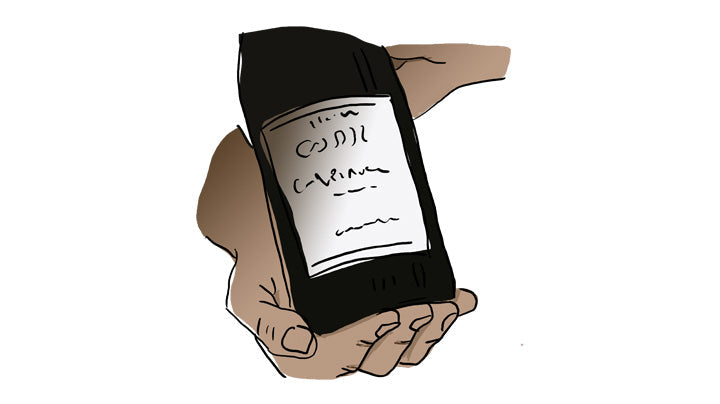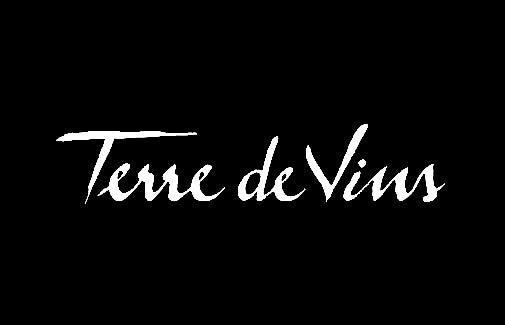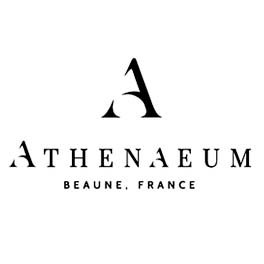Deciphering a label on a wine bottle can provide key information about its origin, producer, vintage, and style. Here's the essential guide to understanding a wine label:
-
Wine and Producer Name: The wine and producer name is typically the most prominent element on the label. This indicates the winery or estate that produced the wine.
-
Appellation of Origin: The appellation of origin indicates the region where the grapes were grown and the wine was produced. This can provide insights into terroir characteristics that influence the wine's taste.
-
Vintage: The vintage represents the year the grapes used for the wine were harvested. The weather conditions of that year can affect the wine's taste and quality.
-
Grape Varieties: Some wines indicate the grape varieties used in their production. This can give hints about expected aromas and flavors.
-
Alcohol Content: The alcohol content is the percentage of alcohol in the wine. It can influence the perception of the wine's body and warmth.
-
Geographical Indications: Some labels might include more specific geographical information, such as the exact village or region of production.
-
Special Mentions: Phrases like "Grand Cru," "Premier Cru," "Reserva," "Gran Reserva" indicate specific levels of quality or maturity.
-
Tasting Notes: Some labels include tasting descriptions, offering insights into the wine's aromas, flavors, and structure.
-
Symbols: Logos or symbols can indicate whether the wine is organic, biodynamic, or if sustainable practices were used in its production.
-
Legal Information: Legal mentions, like batch numbers, alcohol warnings, and regulatory compliance statements, may also appear on the label.
In summary, deciphering a wine label involves familiarizing yourself with these key elements to better understand the wine's history, origin, and style. This can help you make informed choices based on your personal preferences and tasting expectations.














